Table of Contents
For many decades we have relied on computers and now they have become an inseparable part of our lives. We cannot imagine our lives without computers are they have made our work easier. These computers have gone through changes over time and have you ever really wondered what a computer actually is? Today we use Laptops for our office work, and tablets for day-to-day calculations or entertainment purposes. These indicate that computers have evolved and undergone changes in their structure, functions and speed over time.
What is the Evolution of the computer?
The evolution of computers started around the 16th century. The evolution of the computer is the process of which transformation of the oldest vacuum tube-based system to the current model system of today’s computers. Long ago, the early primitive people were trailblazers in the use of counting tools, making use of objects like sticks, stones, and bones for their counting needs. The computer we see today has faced many changes, for the betterment via history of computers. It has continuously improved itself in terms of speed, accuracy, size, and price to urge the form of the computer we have today. Here we have discussed the 5 generations of computers and their characteristics.
Generation of Computer
In computers, we use the term “generation” to show the evolution of technology. Earlier, the generation term was used to distinguish the computers in terms of varying hardware but now it all together includes the hardware and software which makes up a computer system. After centuries of evolution that began in the 16th century, the contemporary computer has taken its current form. There are 5 Generations of computers and all of them have been discussed below along with their features.
| 5 Generations of Computers |
||
| Generations | Time-Period | Technology Used |
| 1st Generation | 1940 – 1956 | Vacuum Tube Based |
| 2nd Generation | 1956 – 1963 | Transistor Based |
| 3rd Generation | 1964 – 1971 | Integrated Circuit Based |
| 4th Generation | 1971 – Present | Microprocessor Based |
| 5th Generation | Present – Future | Artificial Intelligence Based |
1. First Generation Computers
The 1st Generation Computers were introduced using the technology of vacuum tubes which can control the flow of electronics in a vacuum. These tubes are usually used in switches, amplifiers, radios, televisions, etc. The First Generation of Computer was very heavy and large and were not ideal for programming. They used basic programming and didn’t have an operating system, which made it tough for users to do programming on them. The 1st Generation Computers required a big room dedicated to them and also consumed a lot of electricity.
Some examples of main first-generation computers are-
- ENIAC: Electronic Numerical Integrator and Computer, built by J. Presper Eckert and John V. Mauchly which contained 18,000 vacuum tubes.
- EDVAC: Electronic Discrete Variable Automatic Computer, designed by Von Neumann.
- UNIVAC: Universal Automatic Computer, developed by Eckert and Mauchly in 1952.
Characteristics of 1st Generation Computers
- These computers were designed using vacuum tubes.
- Programming in these computers was done using machine languages.
- The main memory of 1st Generation Computers consisted of magnetic tapes and magnetic drums.
- Paper tapes and Punched cards were used as input/output devices in these computers.
- These computers were very huge but worked very slowly.
- Examples of 1st Generation Computers are IBM 650, IBM 701, ENIAC, UNIVAC1, etc.
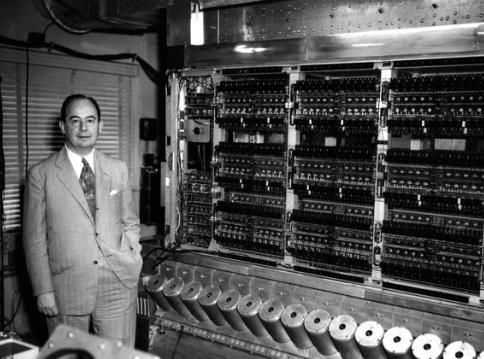
2. Second Generation Computers
The Second Generation of Computers revolutionized as it started using the technology of transistors instead of bulky vacuum tubes. Transistors are devices made of semiconductor materials that open or close a circuit. These transistors were invented in the Bell Labs which made the Second Generation Computer powerful and faster than the previous ones. Transistors made these computers smaller and generated less heat compared to the vacuum tubes they replaced. The Second Generation of Computers also introduced the use of CPU, memory and input/output units. The programming languages used for the second-generation computers were FORTRAN (1956), ALGOL (1958), and COBOL (1959).
Characteristics of Second-Generation Computers
- The Second Generation computers used the technology of Transistors.
- Machine language and Assembly Languages were used for these computers.
- Magnetic core and magnetic tape/disk were used for memory storage.
- The Second Generation Computers were smaller in size, consumed less power and generated less heat.
- Magnetic tape and punched cards were used as input/output devices.
- Some of the examples are PDP-8, IBM1400 series, IBM 7090 and 7094, UNIVAC 1107, CDC 3600, etc.
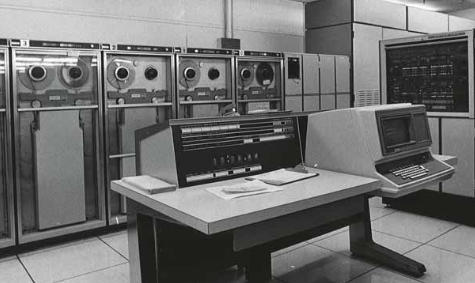
3. Third Generation Computers
The evolution of Third Generation Computers took place with a shift from transistors to integrated circuits also called IC. The Third Generation of Computers was very fast and reliable. The ICs used in these computers were made from silicons and were called silicon chips. A single IC has many transistors, registers, and capacitors built on one thin slice of silicon. This generation of computers has increased memory space and efficiency. Higher-level languages like BASIC (Beginners All-purpose Symbolic Instruction Code) were used and the Minicomputers were introduced in this era.
Characteristics of Third-Generation Computers
- These computers were built using Integrated Circuits (ICs).
- High-level programming languages were used for programming on these computers.
- Large magnetic core and magnetic tape/disk were used for memory storage.
- Magnetic tape, monitor, keyboard, printer, etc were used as input/output devices.
- Some of the examples of Third Generation Computers are IBM 360, IBM 370, PDP-11, NCR 395, B6500, UNIVAC 1108, etc.
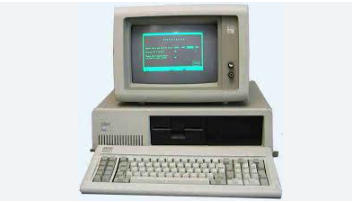
4. Fourth Generation Computers
The period from 1972 to 2010 is considered the period of the fourth generation of computers. Microprocessor technology was used to develop the Fourth Generation of Computers. The foremost advantage of these computers is that the microprocessor can contain all the circuits required to perform arithmetic, logic, and control functions on one chip. In the Fourth Generation, computers became very small in size and also became portable.
Technologies like multiprocessing, multiprogramming, time-sharing, operating speed, and virtual memory were also introduced by then. During the fourth generation, private computers and computer networks became a reality.
Characteristics of Fourth-Generation Computers
- The Fourth Generation Computers have been developed using the technology of Very-large-scale integration (VLSI) and the microprocessor (VLSI has thousands of transistors on a single microchip).
- Semiconductor memory such as RAM, ROM, etc was used for memory storage.
- Input/output devices such as pointing devices, optical scanning, keyboard, monitor, printer, etc were introduced.
- Some examples of Fourth Generation Computers are IBM PC, STAR 1000, APPLE II, Apple Macintosh, Alter 8800, etc.
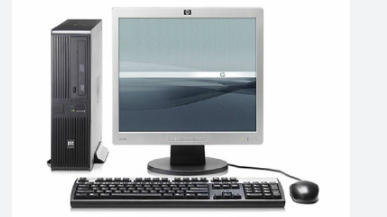
5. Fifth Generation Of Computers
The Fifth Generation of Computers has been built using the technology called Artificial Intelligence (AI). This technology encourages computers to behave like humans. Some of the applications of AI have been seen in features like voice recognition, entertainment, etc. The speed of the Fifth Generation of Computers is the highest while the sizes are the smallest. A big improvement has been noticed so far over the years in the various generations of computers in the aspect of speed, accuracy dimensions, etc.
Characteristics of Fifth Generation of Computers
- The 5th Generation Computers have been built based on artificial intelligence, use the Ultra Large-Scale Integration (ULSI) technology and parallel processing method (ULSI has millions of transistors on a single microchip and the Parallel processing method uses two or more microprocessors to run tasks simultaneously).
- These computers understand natural language (human language).
- The Fifth-generation computers are portable and smaller in size.
- Trackpad (or touchpad), touchscreen, pen, speech input (recognize voice/speech), light scanner, printer, keyboard, monitor, mouse, etc are used as Input/Output devices.
- Examples of 5th Generation Computers are Desktops, laptops, tablets, smartphones, etc.
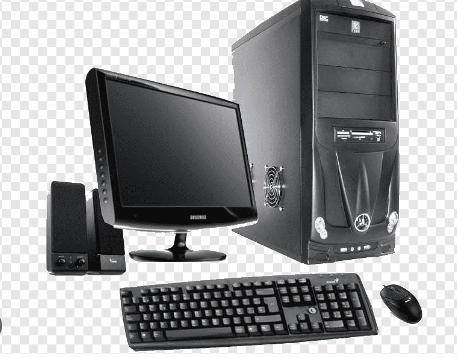
History of Computer Generation
The word ‘computer’ was first used in the 16th century for a person who used to do calculations until the 20th century. Women were hired as human computers to carry out all forms of calculations and computations. By the end of the 19th century, the word ‘computer’ was used for the machines that did calculations. Nowadays we use the word for the programmable digital devices that run on electricity.
Before computers were invented, sticks, stones, and bones were used as counting tools. With the evolution of human intellect and the advancement of technology, more computing devices were produced. There are mechanical calculators used by humans before computers. Some of the most famous mechanical calculators are:
- Abacus
- Pascal’s Calculator
- Stepped Reckoner
- Arithmometer
- Comptometer & Comptograph
- Difference Engine
- Analytical Engine
- The Millionaire
Below we have discussed briefly the early-age computing devices used by mankind.
Abacus
The Chinese are said to have discovered the Abacus some 4,000 years ago. The abacus was built using a wooden rack having metal rods with beads mounted on them. To perform the arithmetic calculations, beads were moved by the abacus operator according to some rules.
Napier’s Bones
John Napier invented Napier’s Bones which was a manually operated calculating device. John used 9 different ivory strips or bones marked with numbers to multiply and divide with the help of this calculating tool. The Napier’s Bone was also the first calculating tool to use decimal points.
Pascaline
A French mathematician-philosopher Biaise Pascal invented the Pascaline between 1642 and 1644. This tool was also called the Arithmetic Machine or Adding Machine and is believed to be the first mechanical and automatic calculator.
Stepped Reckoner or Leibnitz wheel
A German mathematician-philosopher Gottfried Wilhelm Leibnitz developed the Stepped Reckoner or Leibnitz wheel in 1673. This machine was technically an upgrade of Pascal’s invention. The Stepped Reckoner or Leibnitz wheel was a digital mechanical calculator that was made of fluted drums instead of gears.
Difference Engine
Charles Babbage, known as the “Father of Modern Computer designed the Difference engine in the early 1820s. The Difference Engine was a mechanical computer that could perform simple calculations. It was a steam-driven calculating machine designed to solve tables of numbers like logarithm tables.
Analytical Engine
The Analytical Engine was also developed by Charles Babbage in the 1830s. This calculating machine was a mechanical computer that used punch cards as input. These machines were capable of solving any mathematical problem and storing information as a permanent memory.
Tabulating Machine
Herman Hollerith, an American statistician invented the Tabulating Machine in the 1890s which was a mechanical tabulator based on punch cards that was capable of tabulating statistics and recording or sorting data or information.
Differential Analyzer
The Differential Analyzer was the first electronic computer introduced in the United States in 1930. It was an analog device invented by Vannevar Bush. This machine could perform 25 calculations in a few minutes.
Mark I
The major changes in the history of computers began in 1937 when Howard Aiken aimed to invent a machine that could perform calculations of larger numbers. In 1944, IBM and Harvard partnered to build the Mark I computer. The Mark 1 was the first programmable digital computer.
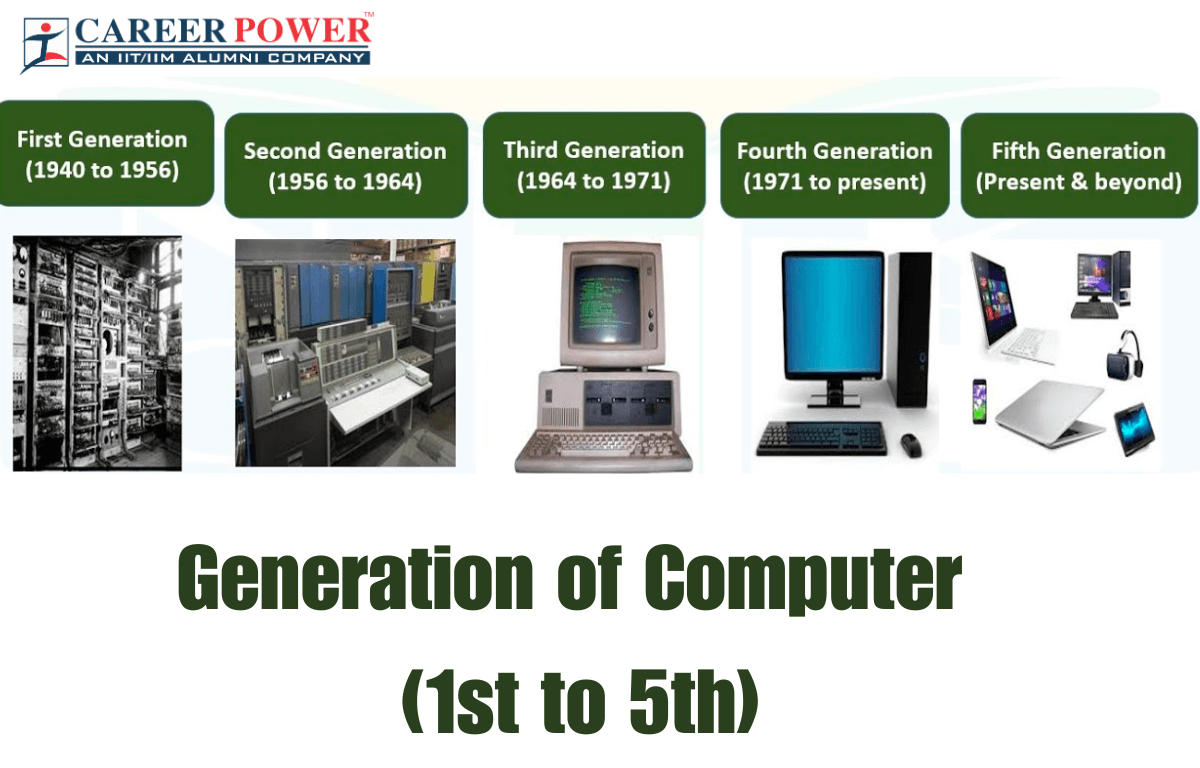

 History of Computers
History of Computers
 What is Computer? Definition, Characteri...
What is Computer? Definition, Characteri...
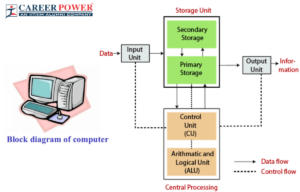 Block Diagram of a Computer
Block Diagram of a Computer
